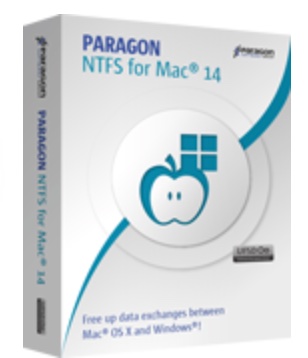Gartner, Inc. (http://www.gartner.com) says that IT leaders have a significant opportunity to contribute to the business by creating a more flexible work environment that accommodates the needs of the business consumer.
Starting with the rise of PCs and the Internet era, users have a greater influence on IT strategy and we are currently witnessing the rise of what Gartner calls the “business consumer” — an employee for whom business activities are one part of a wider lifestyle,” says Matthew Cain, research vice president at the research group.
“Individuals do not stop being consumers when they go to work,” he adds. “Business consumers often make more consumer-like choices in their workplace computing tools and styles to increase efficiency.”
Given the complexity of work environments and the geographic distribution of expertise across organizations, a critical competitive advantage will accrue for businesses able to create a socially active workforce that can tap internal and external knowledge and expertise easily. According to Gartner, the digital workplace provides significant advantages in how business consumers work, by:
° Exploiting new work styles across the globe, such as crowdsourcing, social networking, job sharing, swarming and microwork;
° Harnessing the substantial, consumer-learned digital literacy of employees, partners and customers — leading to more sharing and information awareness, plus the creation of a more results-oriented work environment;
° Increasing the productivity of distributed workgroups through the introduction of technology and engagement styles that facilitate interactions similar to those experienced by employees working in the same physical location;
° Delivering higher returns on technology investments by leveraging technology and skills across partner, employee and customer channels;
° Boosting overall employee engagement, resulting in a more flexible workforce and improved talent attraction and retention outcomes;
° Enhancing best-practice sharing, collaborative problem solving and enabling faster project execution for sales, research, customer support and other groups;
° Increasing knowledge creation and reuse capabilities by finding and supporting communities of expertise inside and outside the enterprise;
° Increasing volume and flow of information from partners and customers inside the organization, leading to more informed product development, supply chain and customer service.


